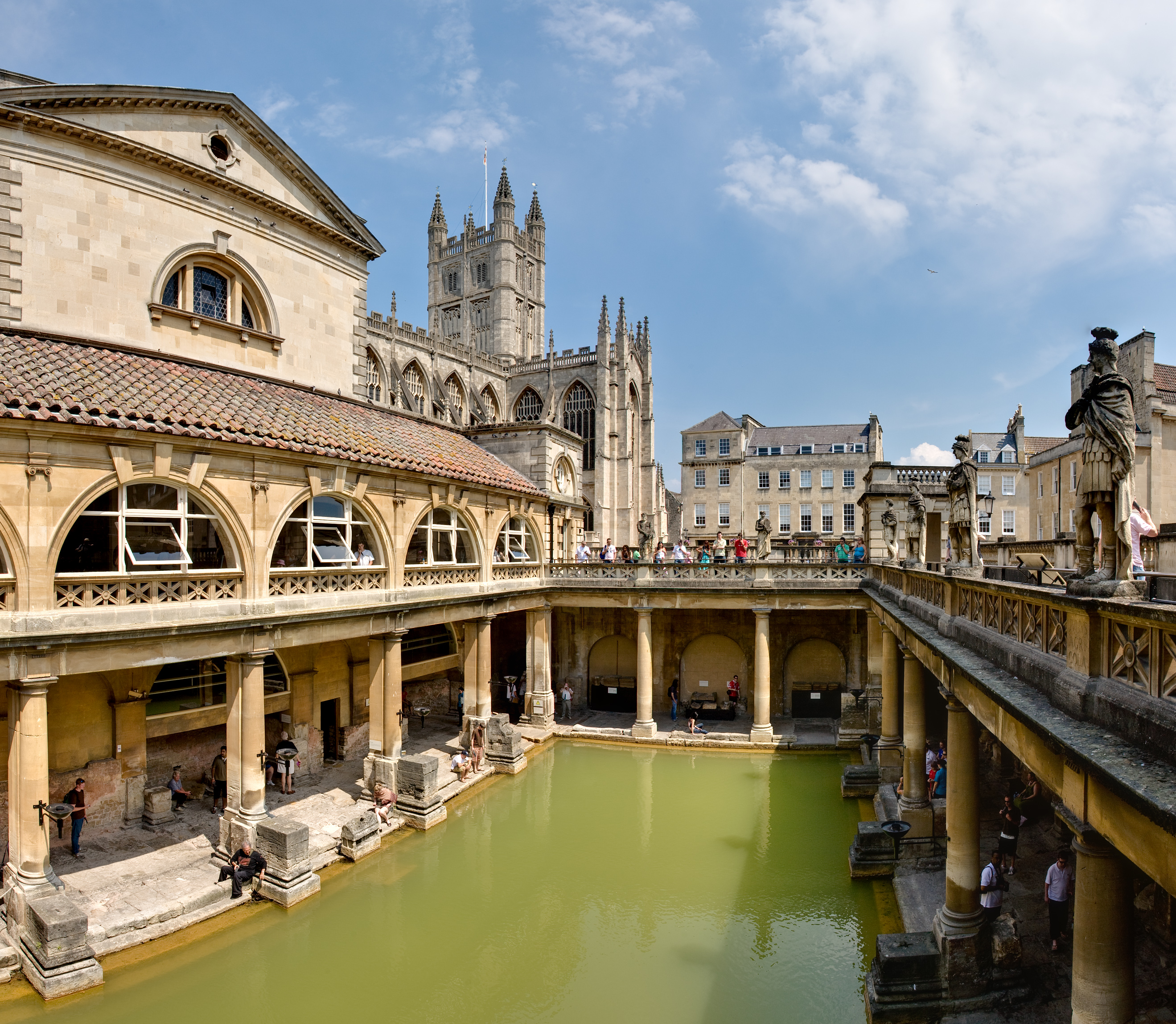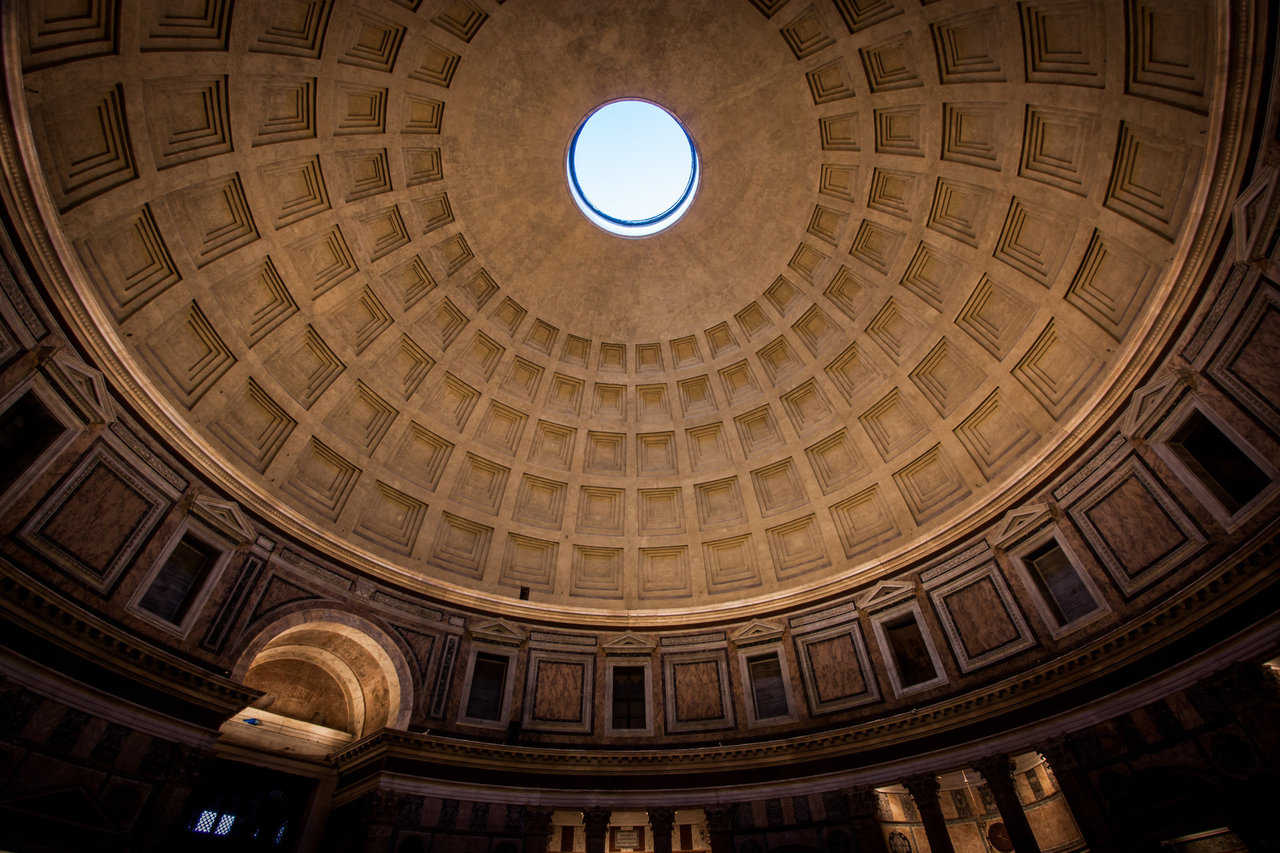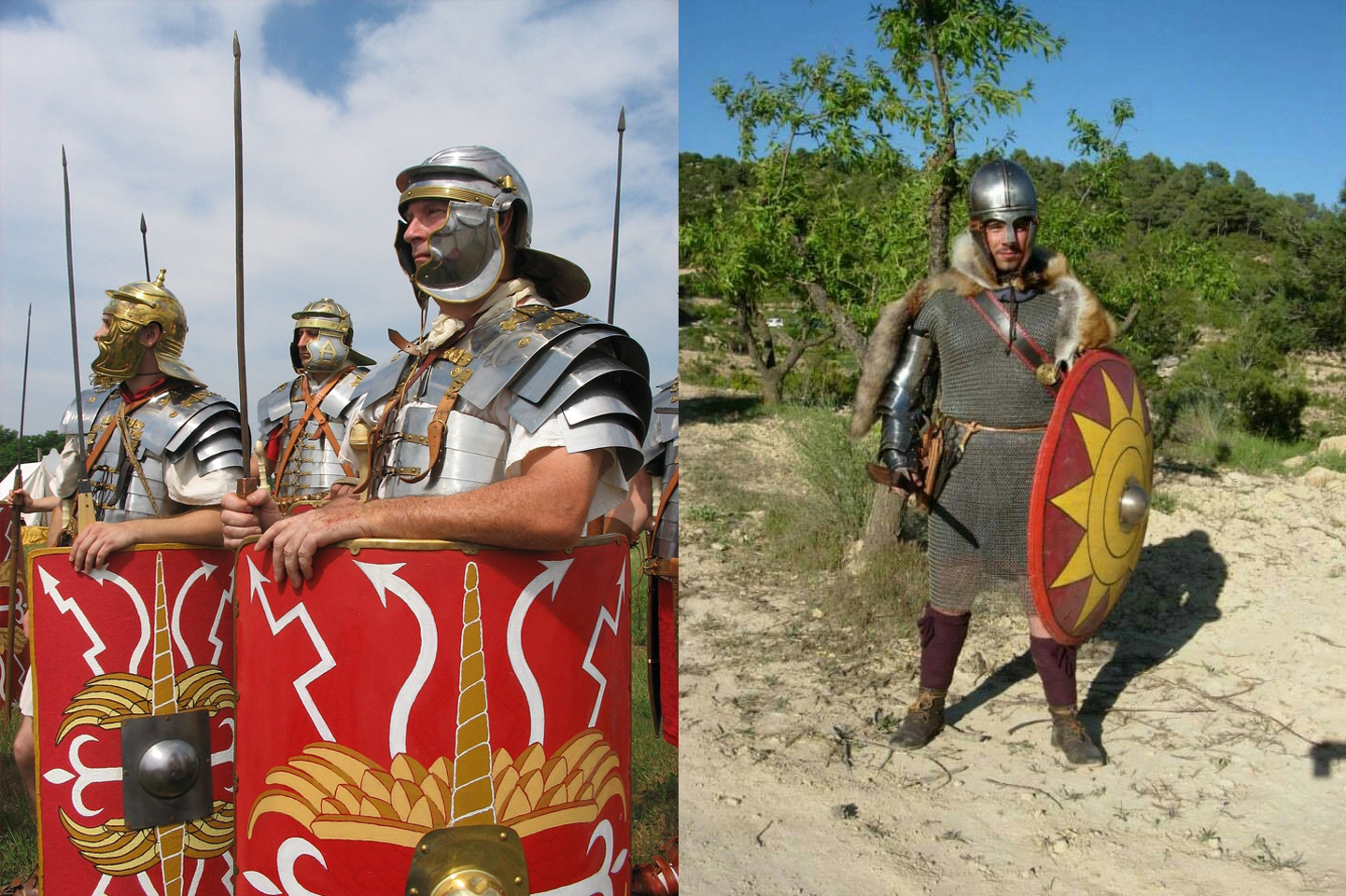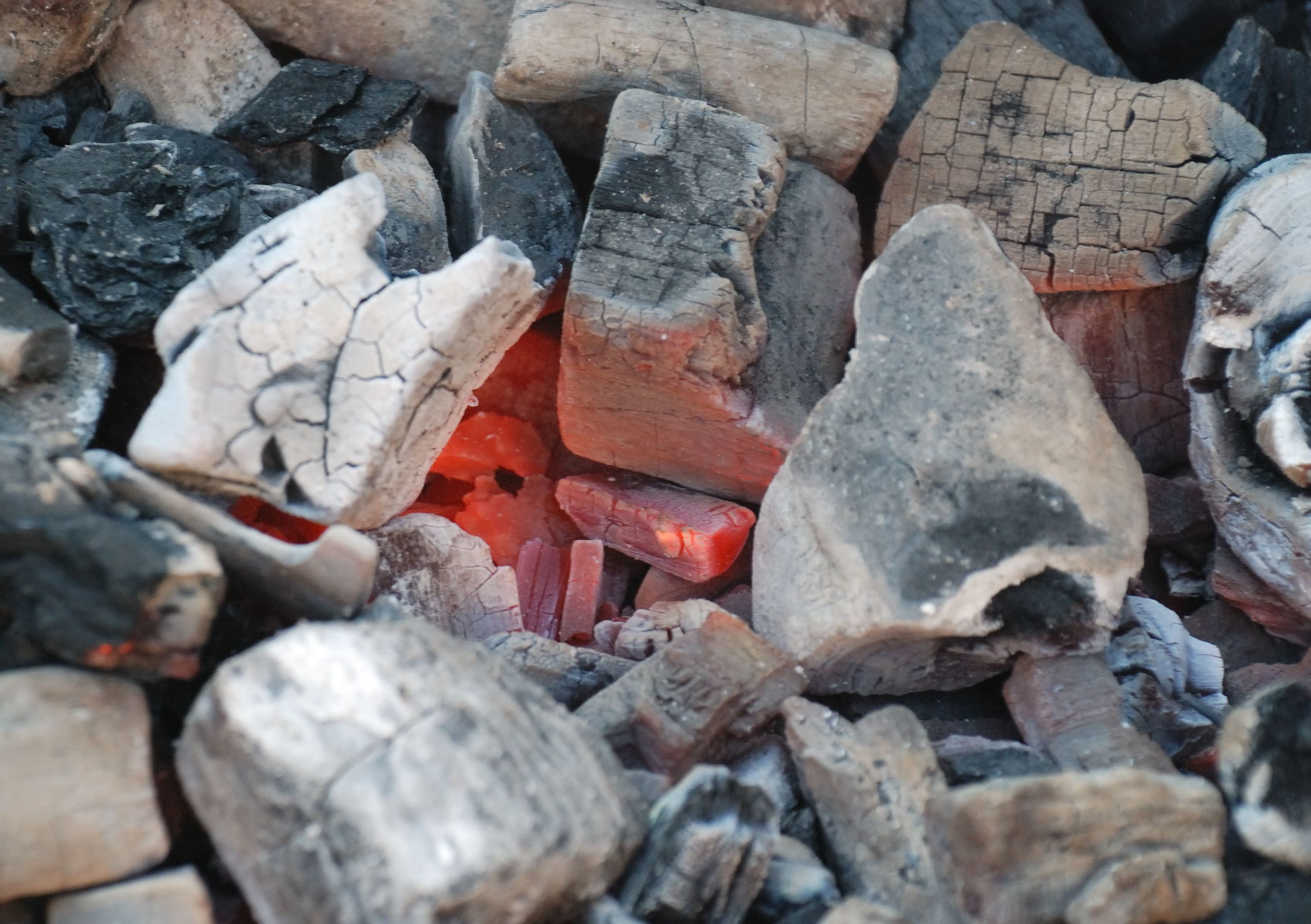The Fall of Rome, II: Energy Problems?
What is the core reason for our current dramatic increase in prosperity (seen as the Industrial Revolution, since 1750/1800)? The usage of new energy sources like coal and oil, to replace the physical labor of humans and animals with machines that dramatically boost our productive capacity.

Could the same have happened to our Roman ancestors? Are their technologies linked to energy usage? Let’s look at some distinct Roman practices that largely disappeared after the fall of Rome and see if they’re linked to the usage of large amounts of energy.
Baths

The Romans were renowned for their elobarate bathhouses. They contained large, heated water basins. The heating process required significant amounts of fuel. They seem to have fell out of use in the Medieval Period. Large spas reappeared in Europe during the end of the 18th century—at the start of the Industrial Revolution.
Concrete

It was known before Rome, but Romans improved the recipe and used it extensively. Descriptions mostly focus on the ingredients and not the fuel usage. The Romans seem to have used a mixture of quicklime, pozzolana and pumice. It has been suggested that this knowledge was lost, explaining why their Medieval descendants barely used concrete. But let’s go back to Wikipedia:
After the Roman Empire, the use of burned lime and pozzolana was greatly reduced. Low kiln temperatures in the burning of lime, lack of pozzolana, and poor mixing all contributed to a decline in the quality of concrete and mortar.
Apparently, the Romans used high kiln temperatures and their descendants struggled to reach these temperatures. After many centuries where only small amounts of low-quality concrete were used, concrete reappeared as a major construction material during the… Industrial Revolution! What a coincedence. Portland cement was patented in 1824, and reinforced concrete was invented in 1849. And once again, Wikipedia:
Portland cement clinker is made by heating, in a cement kiln, a mixture of raw materials to a calcining temperature of above 600 °C (1,112 °F) and then a fusion temperature, which is about 1,450 °C (2,640 °F)
Producing concrete seems to require very high temperatures!
Armor

Rome was famous for its military strength. On the left, we see the equipment of the famous Roman legionaries, implemented during the Marian reforms in 107BC. These legionaries were not the Roman soldiers who lost the battles of 476AD. By then, they had been replaced by the comitatenses on the right. I’m not an expert in the precise requirements of crafting armor, but the plate armor worn by the legionaries seems like it should have required more iron and more smithing work than the chainmail worn by the comitatenses. In general, the equipment of the comitatenses seems ‘cheaper’, more primitive. They start looking a little… medieval. I wish I could say legionary-style armor was adopted again during the Industrial Revolution, but alas. (Although...)
Bricks

Before the first century AD, the Romans used mudbricks. They were dried only in the sun, which made them relatively weak and only suited for small buildings. Then they learned to dry their bricks in kilns, which resulted in stronger bricks and a boom in building projects. But when the Medieval Period starts...
After the Western Roman Empire fell in the 5th century many of the commercial stone quarries in Europe were abandoned. This led to a consistent pattern of reuse of Roman building materials throughout the next several hundred years. Like much of the Roman stone, Roman bricks were gathered for reuse throughout this period.
And guess when bricks came back?
Production of bricks increased massively with the onset of the Industrial Revolution and the rise in factory building in England.
Others
This list could be extended. The same pattern repeats for many products and habits. Roof tiles as compared to straw roofs, ceramic amphorae compared to wooden barrels, cremation compared to burial, the use of glass, even the toga seems to have required extensively boiled wool. They peak somewhere around the first century, decline or nearly disappear towards and during the Medieval Period, and if they come back, they do so during the Industrial Revolution.
I’ve read a lot of separate explanations for these trends. The recipe for concrete was lost. Bathhouses just fell out of fashion. Christianity prohibited cremation. They lost the know-how required to make proper earthenware.
I don’t buy it. All of these practices share one common ingredient: the need for significant amounts of fuel. If fuel steadily became more expensive throughout the centuries, that would explain why people gradually switched to more affordable alternatives.
Roman Peak Oil?!

The Romans were not or barely using finite fossil fuels like coal, oil and natural gas. They relied on firewood and charcoal—which is made from wood. These are renewable resources. How did they manage to turn a renewable resource like wood from abundant and cheap to scarce and expensive?
That can only be explained by a growing population that puts a lot of pressure on land. Farmlands would have displaced forests—even when forests were desparately needed to keep enjoying old luxuries like bathhouses, bricks and roof tiles.
But that does not fit the history books. These claim that the fall of Rome was a tragedy which resulted in a serious population decline, which took many centuries to recover. During the Early Middle Ages, Europe was a depopulated continent, where sparse population centers were separated by regrowing forests filled with bandits.
After population decline following the disintegration of the western half of the Roman state in the fifth and sixth centuries, Europe probably re-attained Roman-era population totals in the twelfth and thirteenth centuries and, following another decline associated with the Black Death, consistently exceeded them after the mid-15th century.
Conclusion
So, we found a neat theory that clearly explains why famous Roman practices and luxuries gradually and simultaneously disappeared, not to return until the Industrial Revolution and new access to plentiful energy. But this would require scarce firewood/charcoal, which would require scarce forests, which would require scarce land, which would require a growing/large population—while everybody believes that the Early Middle Ages had a declining/small population. We’ll have to investigate population pressure! I’ll write about that in the next blog.
Previous: The Fall of Rome: Why It’s Relevant, And Why We’re Mistaken
Next: The Fall of Rome, III: Progress Did Not Exist
For wood and charcoal to be expensive, forests don’t necessarily need to be depleted. Instead, it can be due to higher transportation costs (wood and charcoal are heavy). As the empire became less secure during and after the crisis of the 3rd century, I would expect long-distance transportation to have become less safe (due to banditry) and therefore more expensive.
Wikipedia has a page on Roman deforestation, which even uses the phrase “peak wood”—so depletion was definitely a concern (and Italy has never recovered the pre-Roman forests).
All that said, I think you’re still underestimating the costs of transport!
Overland transport—i.e. wagons, and perhaps draft animals—is prohibitively expensive for anything more than a single-day journey of up to ~10 miles. Fuel is bulky, heavy, and frankly not that valuable.
Moving bulk freight by water is much better—whether floating logs down a river canadian-style, or loading boats for riverine or ocean transport. Even so, I don’t know of any cases where fuel was transported or traded like this—and shipping enough grain into Rome was a constant and difficult problem.
Population density was much more even before the industrial revolution (smaller cities, more farmers, etc.), and it’s reasonable to explain depletion solely in terms of local fuel for local use. If timber was valuable enough to transport, it was almost always as a material rather than fuel.
Ooh, this is a fun theory. Possibly causality reversed? Adam Smith’s old doozy is “the degree of specialization is limited by the extent of the market” or something like that. If the empire is collapsing and trade becoming more difficult practices switch to more local economies. Some products require a certain scale of market to be viable. Feudal Western Europe was quite fragmented, 100 different toll gates as you went down the Rhine and whatnot, so trade was very reduced, extent of market low and so specialization low and so capital requirements for production had to be low.
Stone quarries could be abandoned because there was tons of stone available for reuse and the current owners didn’t care about civic pride the way the old ones did(can’t afford to care about it when you’re fighting for your life). Feudal/medieval monumental construction meant castles and cathedrals, not bath houses.
These are Mediterranean things, as the Western Empire is taken over by Germanic people’s why would Gaul preserve these building styles.
For amphorae: what is the dominant mode of transport? Barrels will survive land transport in a more localized economy a lot better. How much capital does barrel production vs amphorae production require. If the economy is more village centered maybe clay-related production becomes uneconomical.
My opinion: chain mail is better than Lorica segmentata, but more expensive to make(require more iron actually, is heavier, better protection, better maintenance since a segmentata you just have to scrap if it cracks, way more manual labour to produce). It’s not really clear why the segmentata was used in the ~50BC-300AD period. Maybe it was just cheaper to mass produce. By the time lorica hamata(the chain) production caught up they abandoned the segmentata.
Also related to market size: if you had to buy armour for yourself you’d buy hamata, since it’d be way more maintainable, and generally better protection and mobility. Well oiled and maintained you could probably pass it on to your son or resell it. The segmentata is much more of an industrial army’s armour, it needs to be fit much better to the individual and any puncture requires a professional to replace the segment.
A forest has similar properties to a fishery: as long as it’s managed correctly it’s a renewable resource, but if it’s overtaxed once without replanting, then it can be accidentally converted into plains, which are worthless. This seems like something that could happen in a lot of forests at once, in an environment where long-term institutions have collapsed.
Cutting trees on hillsides could easily lead to erosion and the destruction of the soil—agreed. But we’re looking at a process that impacted all of Europe, from ~300AD to ~1800AD. I doubt a large cause of that is ‘Permanent Roman Forest Destruction’. It seems most plausible to me that the land was used for other purposes.
This is an interesting theory (one I would love to read more about) but this neglects that the vast majority of people in Rome would not have had access to many of these energy sources. About 75-90% of people lived in rural areas, never seeing the famous baths or mud-bricks. Many who would go into the army came from these areas, only every seeing the glory of Rome itself in a preceding triumph. But I think this theory might hold for energy efficiency in agriculture.
Rome went through many different systems throughout its history: first the small-scale farmers, then the Latifundia and slave-estates, then the local patronage system (circa 300AD), and then fully developed manor estates (sort of like medieval feudalism). One could trace the rise and fall of Rome with the changing of these different agricultural systems, so I wonder if later systems scarified efficiency for stability.
On the other hand, I shouldn’t mistake correlation for causation, and so it could be that these systems didn’t cause the rise and fall of Rome, but were merely a reaction to it.
Thanks! I definitely don’t want to imply that the average Roman lived in an awesome villa built out of bricks. But in regards to for example bathhouses:
And the army, with its advanced equipment, was open to the average citizen as well. They would not have profited equally from all Roman luxuries, but it seems clear that the Roman civilization as a whole was more prosperous than the Early Medieval one, at least in a lot of material aspects.
How do you turn people into land? Or is the logical hop to be about new lands to conquer for expanding lumber production?